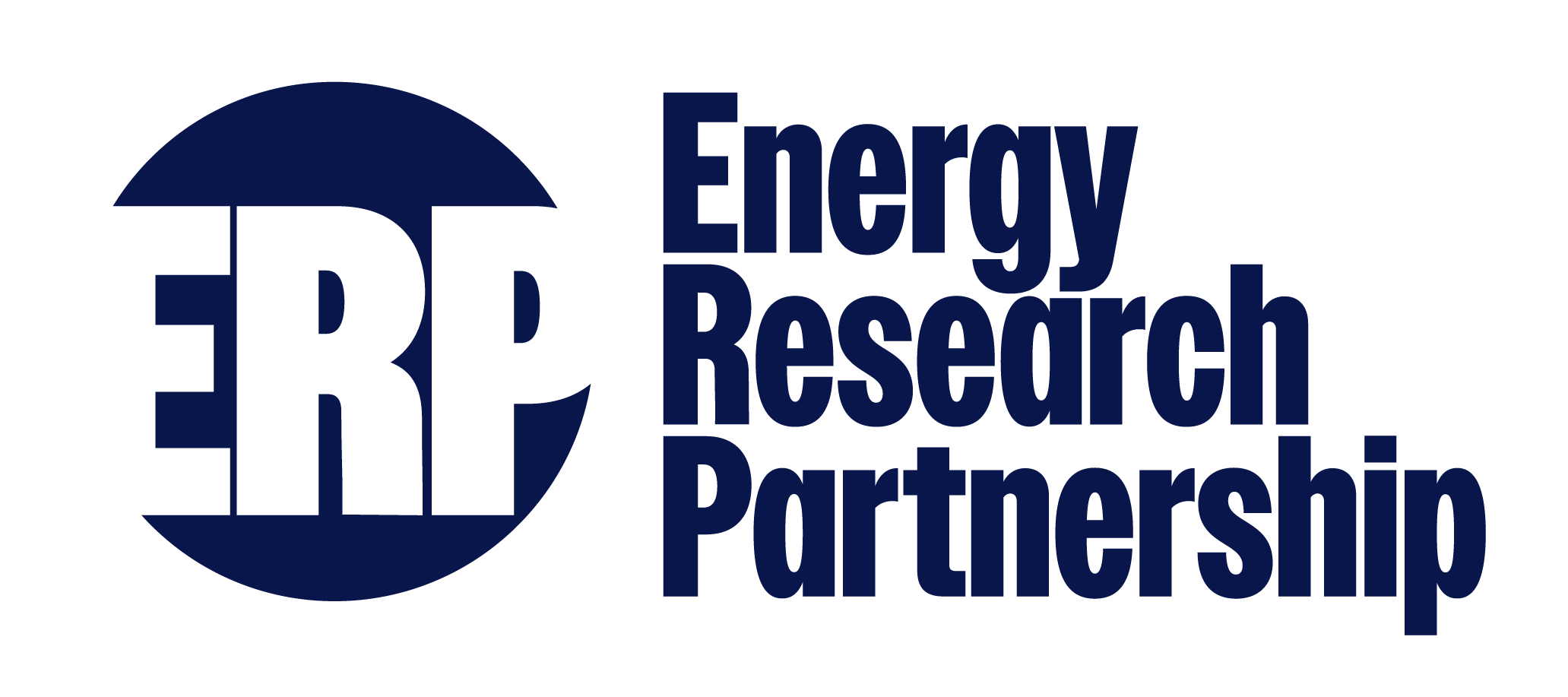Nuclear Technology RD&D Roadmap
Following the recommendation in ERP’s Nuclear Fission Report in 2010, a project was set up to consider what such a roadmap might look like. Funded by the EPSRC, ETI and the NDA with support from the National Nuclear Laboratory and the ERP, the Nuclear Technology RD&D Roadmap report provides a strategic outline of the issues that need to be addressed in developing a roadmap for nuclear R&D in the UK.
Background
Considerable effort is being put into opening the way for new nuclear power stations in the UK to replace existing capacity by 2025. However, many energy scenarios for a secure, low carbon energy system indicate that nuclear power may have to play a much greater role by 2050. Delivering such an expanded fleet is not a matter of doing more of the same, but requires a long-term strategic approach focused on ensuring a secure supply of fuel and managing the additional waste arisings as well as maximising opportunities for the UK supply chain.
One of the main recommendations of ERP’s report on Nuclear Fission in September 2010 was the need to develop a long-term strategy for nuclear energy in the UK and to develop a roadmap for the R&D to deliver it. In early 2011 a consortium of the EPSRC, Energy Technologies Institute, Nuclear Decommissioning Authority, National Nuclear Laboratory (NNL) and ERP came together to consider what such a roadmap might look like.
The project consulted widely with industry, academia, regulators and other key stakeholders. It explored many of the issues that an R&D roadmap should include and we see it as providing a valuable framework for subsequent work.
Conclusions and Recommendations
Published in February 2012 the UK Nuclear Fission Technology Roadmap: Preliminary Report highlights the range of technology pathways that could be deployed, each with significantly differing R&D requirements and opportunities for the development of UK industry and supply chain. Keeping these options open requires investing in R&D many years in advance. Any delays risk closing off options unnecessarily, which might prove costly to rectify in the future.
Drawing on two possible scenarios of how nuclear generation might develop in the UK the report highlights a number of significant issues that need to be addressed in the next five years, not only for the current replacement programme but for any expansion of nuclear capacity. The report recommends:
- Further detailed assessments are needed to understand the issues identified in the report and to realise the potential opportunities for UK industry.
- The UK Government needs to develop a clearly defined long-term nuclear energy and industrial strategy and an R&D Roadmap for the nuclear sector.
- An R&D co-ordinating body should be formed that includes Government, industry, NNL, NDA, regulators, academia and research funders, to own, develop and advise Government on a long-term nuclear R&D strategy and roadmap, in order to underpin realisation of the commercial opportunities and to direct the underpinning programme of R&D, in part through international collaboration.
The NNL was commissioned by the project consortium to undertake and manage the work. The project was overseen by a Steering Group chaired by Dame Sue Ion, ERP member. A full list of Steering Group members and those that were consulted during the project can be found here.
Follow Up Activities
The report helped inform the Government’s Chief Scientific Advisor review of the civil nuclear R&D landscape in the UK, which was published in March 2013. ERP were represented on the Review’s Advisory Board.
Further Information
Please contact Richard Heap in the ERP Analysis Team for further information on this project.

